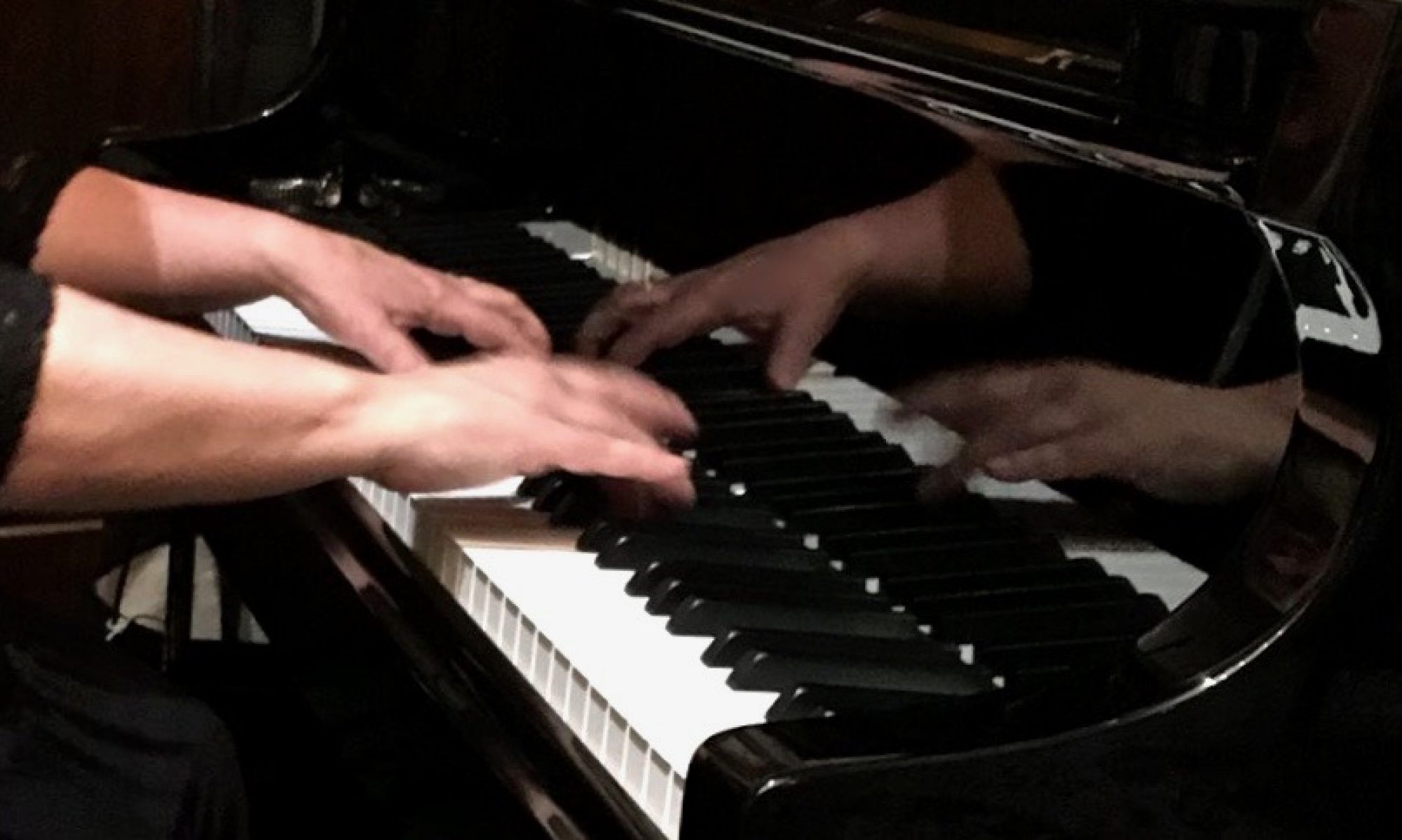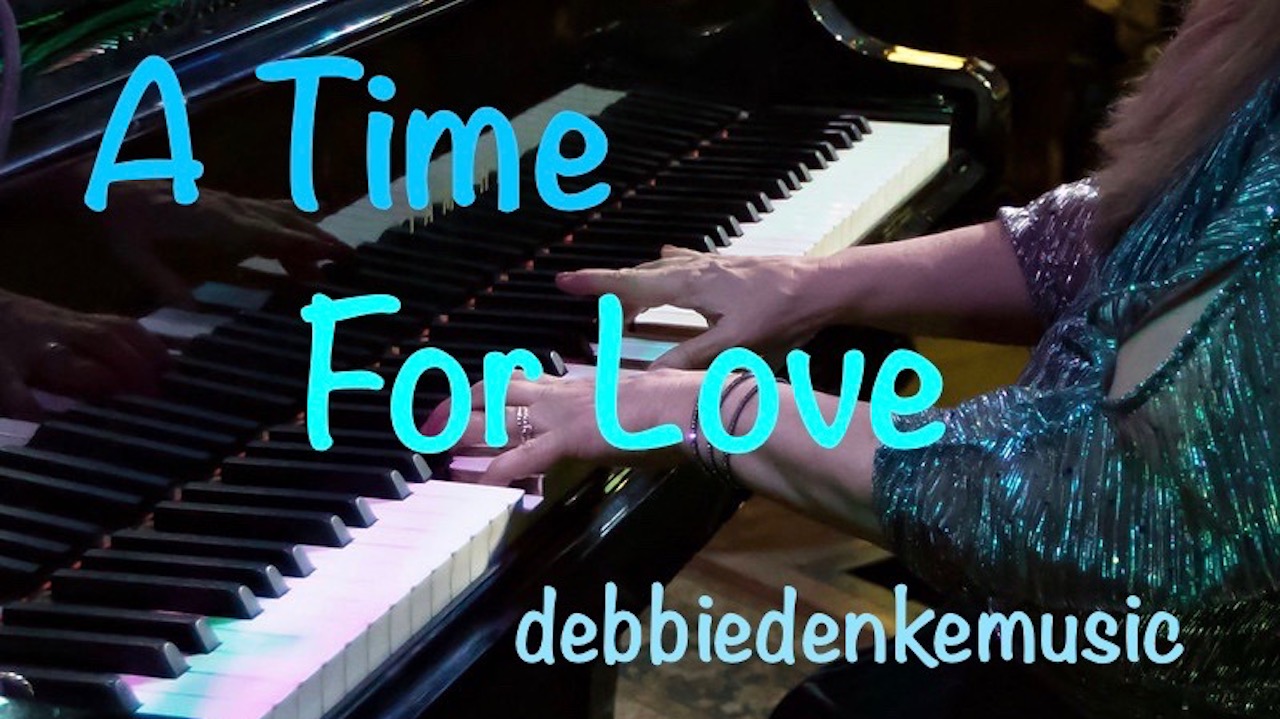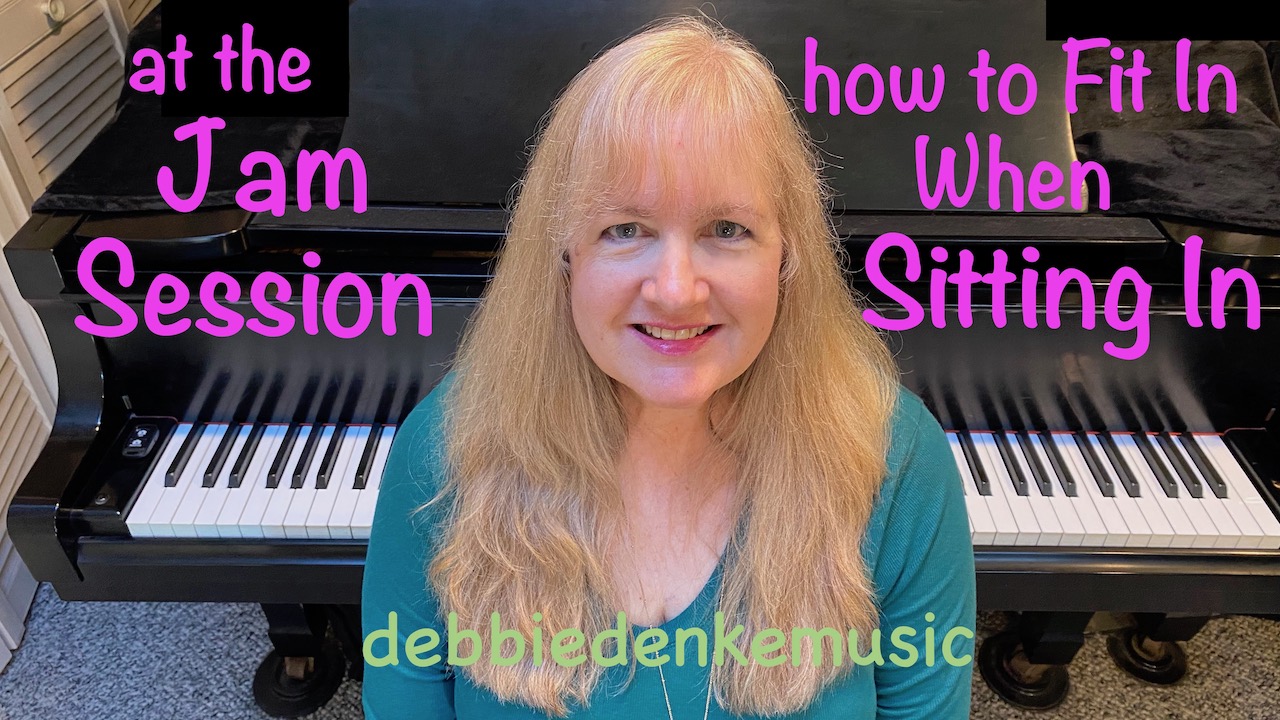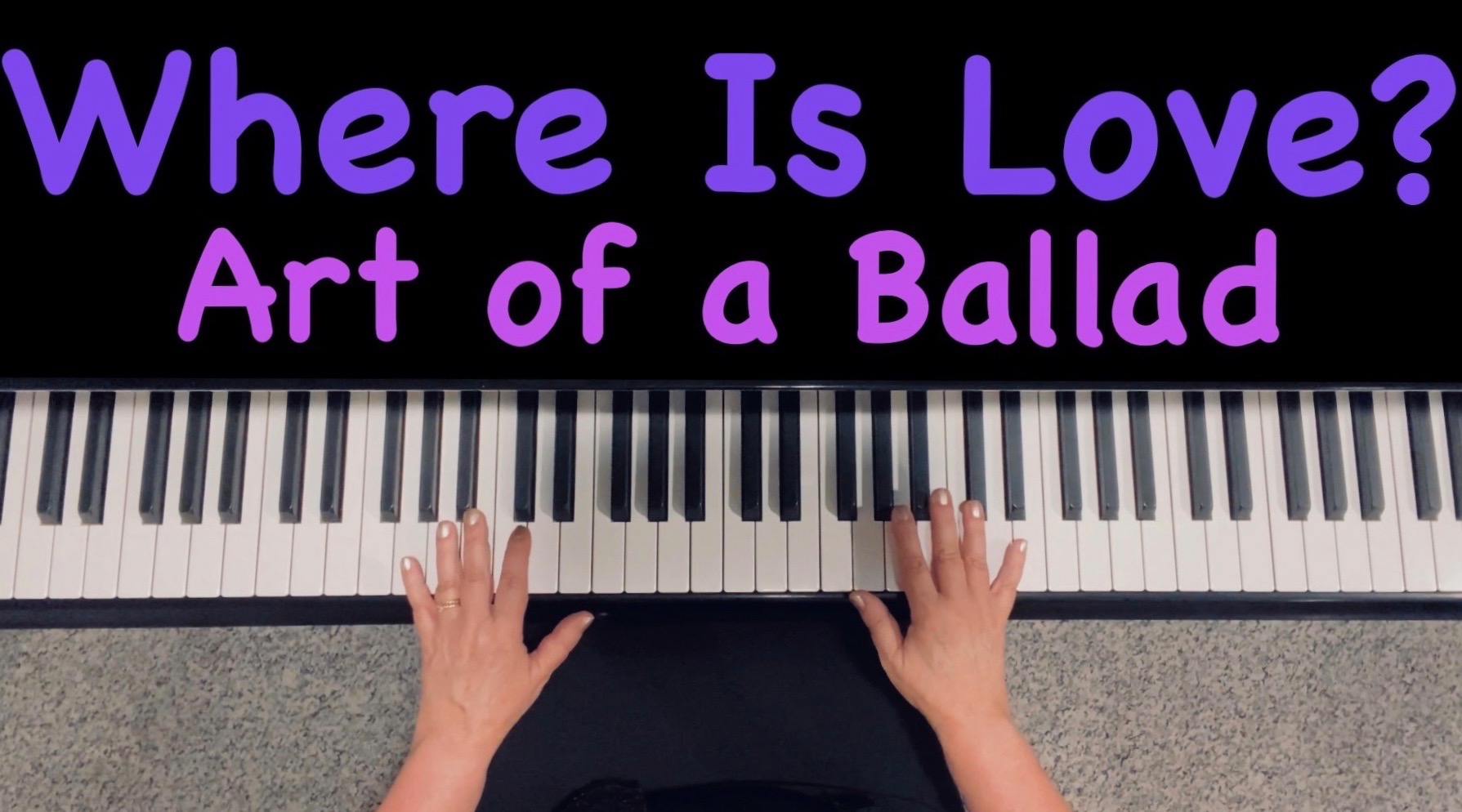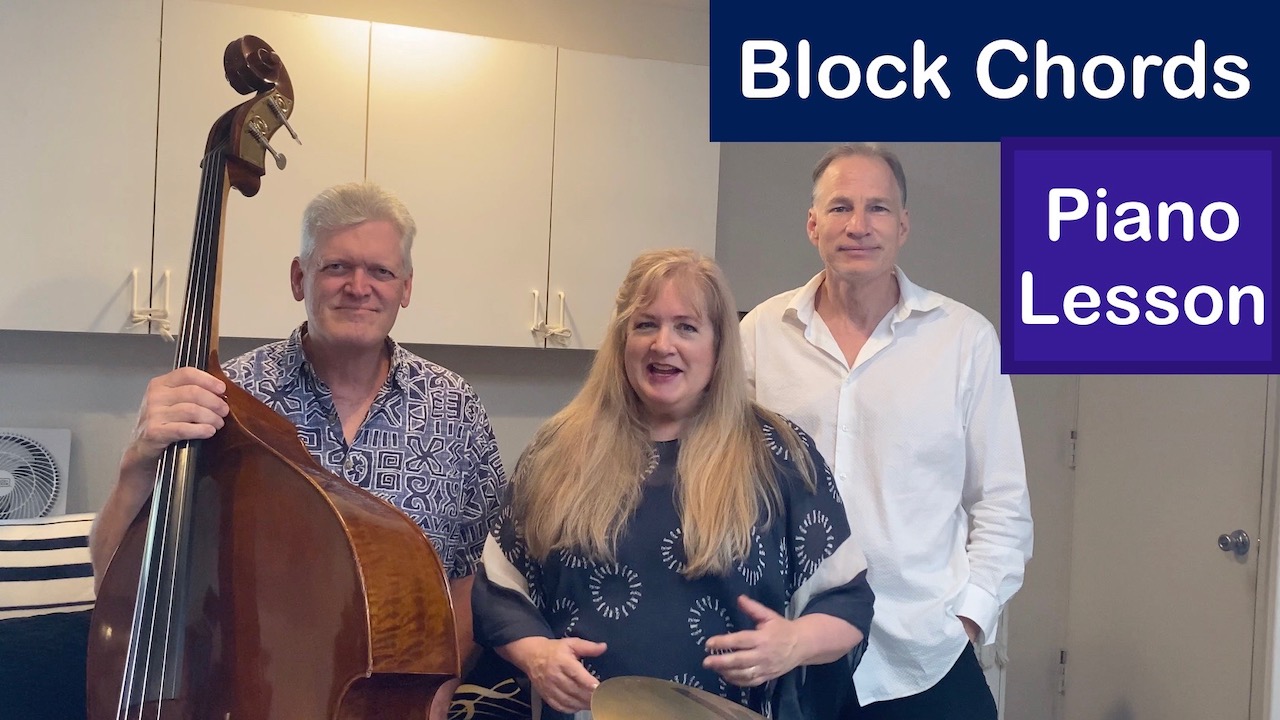The gorgeous Johnny Mandel composition A Time For Love may be played in a variety of ways. The day I heard Emmet Cohen’s exquisite performance of this tune I became transfixed, not only with transcribing his dynamic cadenza/coda, but also took a deep dive into what he and other artists did with this tune, eventually combining ideas into my own version of A Time For Love. Let’s go down the rabbit hole to explore some favorite harmonic options!
The next step of this journey led to finding a chart in a collection of tunes called, The Standards Real Book (Sher Publications). The tune is printed in the key of F Major -same key played by the Emmet Cohen Trio – although this standard is often performed by other musicians in the key of Bb. While the Sher book is a terrific resource for tunes, chords, and lyrics, just about every jazz pianist (myself included), likes to add their own harmony and personalize their arrangements, at least a little. So I set out to change up a few chords and create some flowing bass lines in a few places, and gave the ballad a solo piano approach, instead of the book’s suggested Double X Samba treatment!
Watch this tutorial to explore several options. Worksheets are printable under the “Downloads” column on this website. I’ve written out solo piano voicings for a few tricky areas which differ from Sher’s lead sheet suggestions:
